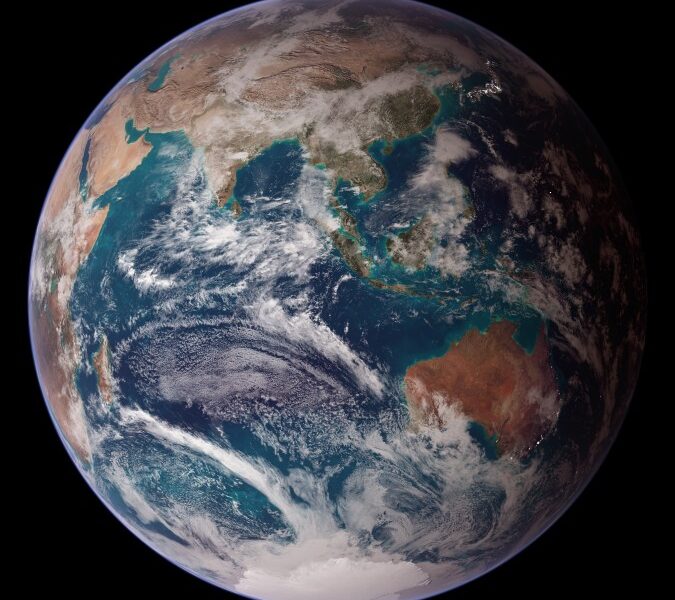A groundbreaking study led by the Shanghai Astronomical Observatory of the Chinese Academy of Sciences has introduced a new method for measuring the Hubble constant (H0), a crucial parameter that describes the universe’s expansion rate. Published in the Monthly Notices of the Royal Astronomical Society, this research demonstrates that applying pixelized strong-lensing modeling on a galaxy cluster scale can significantly enhance the precision of H0 measurements.
The Hubble constant is fundamental in cosmology, yet a notable discrepancy known as the “H0 tension” exists between early universe measurements, such as those from the cosmic microwave background, and late universe observations, including Type Ia supernovae. This tension exceeds 5 sigma, making it essential to find highly accurate independent measurement methods.
Strongly lensed supernovae provide a unique opportunity to measure cosmic distances. By analyzing time delays between multiple images of these supernovae, researchers can derive H0 without relying on the traditional “cosmic distance ladder.” However, previous methods faced limitations due to uncertainties in modeling the mass distribution of lensing clusters.
To address this issue, the research team built on earlier work from the CURLING project and developed a pixelized strong lens modeling framework. They utilized a system similar to the supernova “Requiem” observed in the MACS J0138.0-2155 galaxy cluster. Their findings revealed that the pixelized modeling reduced uncertainty to ±0.8 km/s/Mpc, improving precision by more than tenfold.
High-resolution observational data from advanced facilities like the James Webb Space Telescope (JWST) can help leverage surface brightness information from arc-like multiple-image systems. This approach significantly diminishes systematic modeling errors, positioning strongly lensed supernovae as a potential high-precision tool for cosmological research.
Looking ahead, the researchers simulated future observations under different survey conditions. For instance, using the Rubin Observatory’s Legacy Survey of Space and Time (LSST), they estimate that time-delay measurements could achieve uncertainties of around 1.5%. Furthermore, when combined with pixelized modeling, observations from the Chinese Survey Space Station Telescope—Multi-Channel Imager (CSST-MCI) could constrain H0 to within 0.1 km/s/Mpc.
These results indicate that uncertainties related to lens modeling now represent the primary limitation in H0 inference. The combination of high-resolution imaging and pixelized strong-lensing modeling sets the stage for achieving percent-level precision in H0 measurements in the near future.
“Pixelized modeling allows us to use all the information encoded in the lensed arcs, rather than relying only on the positions of multiple images,” stated Dr. Xie Yushan, the first author of the study. “This is a key step toward precision cosmology with cluster-scale strong lensing.”
Prof. Shan Huanyuan, the corresponding author of the study, emphasized the significance of this advancement, noting, “With JWST, Euclid, and the upcoming Chinese Space Station Telescope, we are entering a golden era of strong-lensing research. This work demonstrates the tremendous potential for achieving high-precision cosmological measurements once more lensed supernova samples become available.”
The implications of this research may reshape our understanding of the cosmos and provide new insights into fundamental questions about the universe’s expansion. For more information, refer to the study published by Yushan Xie et al. in the Monthly Notices of the Royal Astronomical Society (2025).







